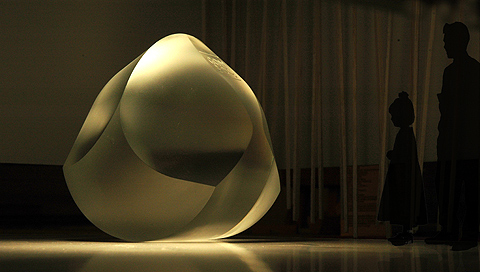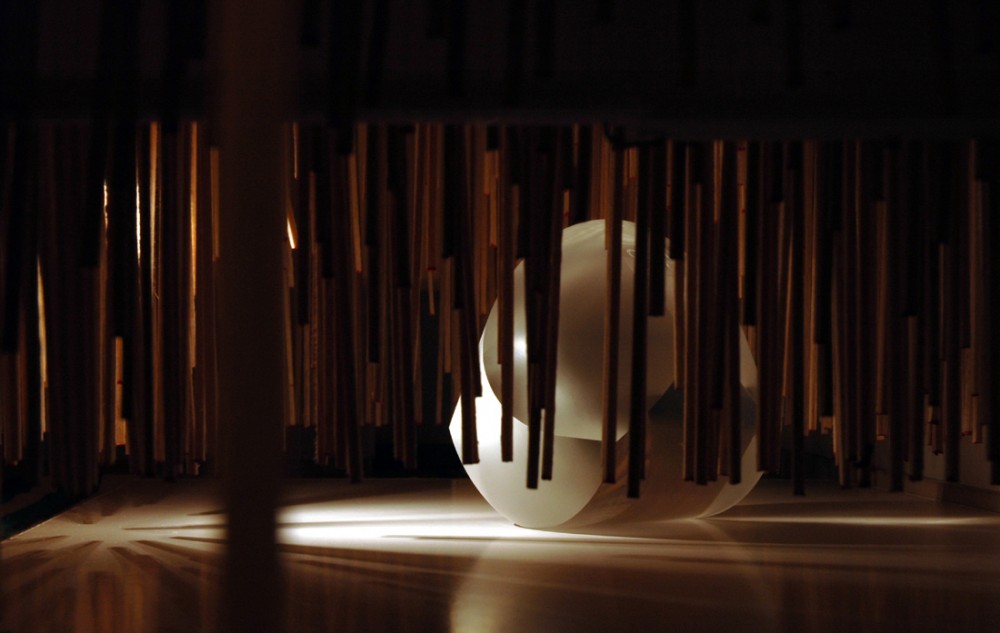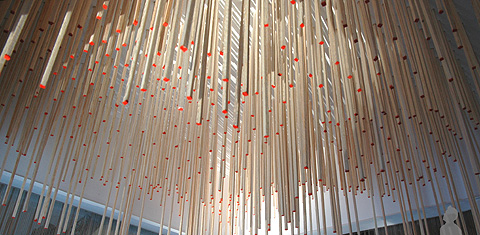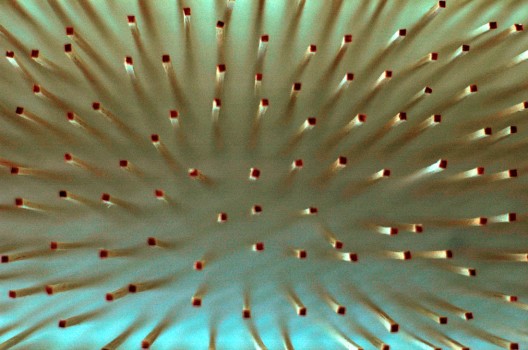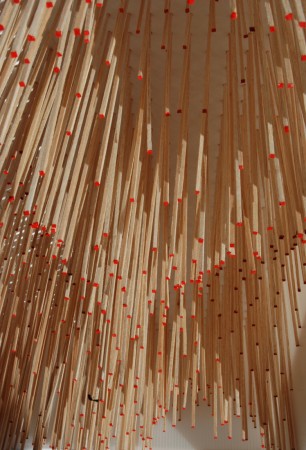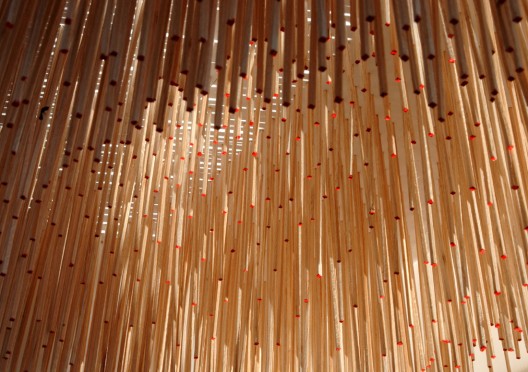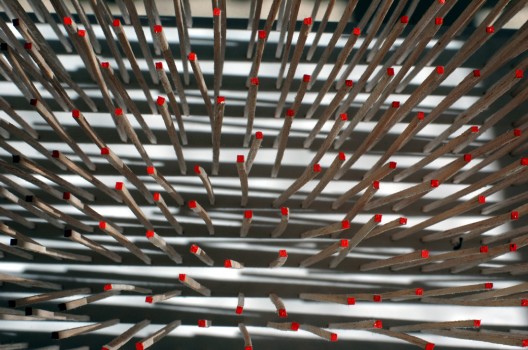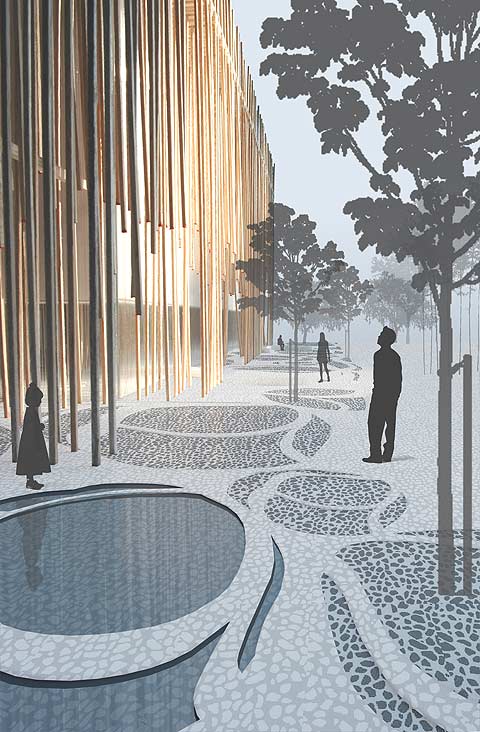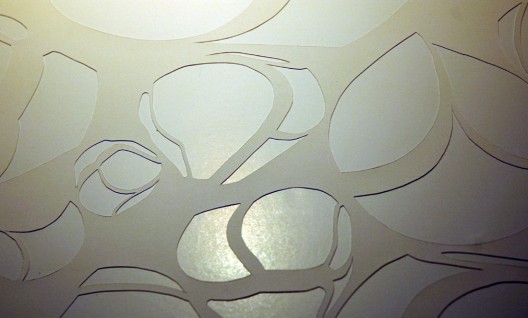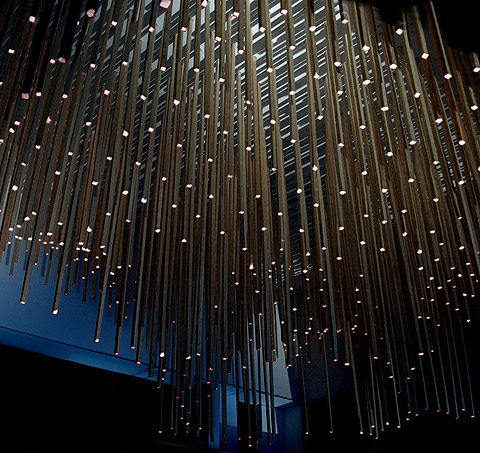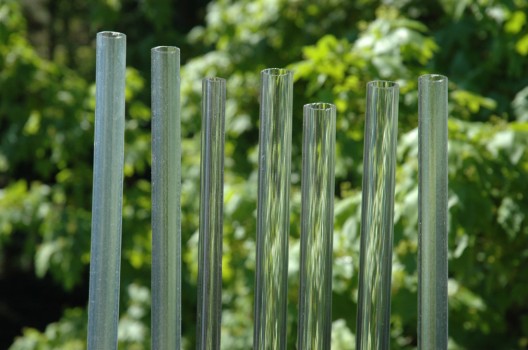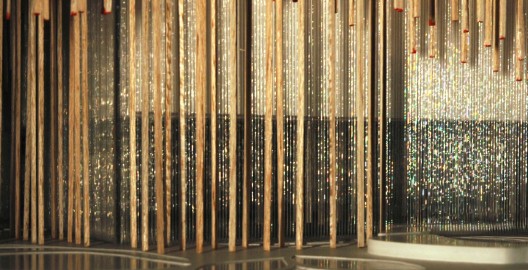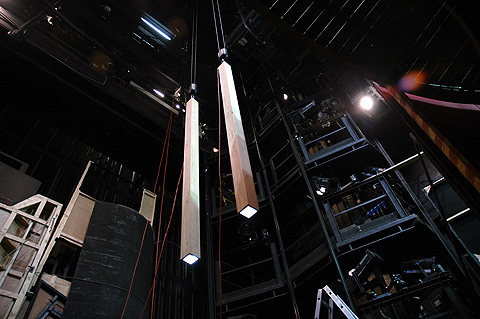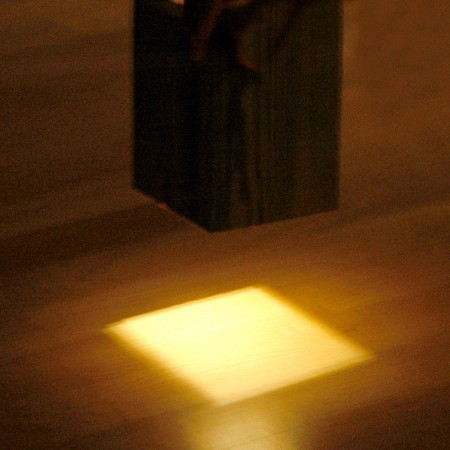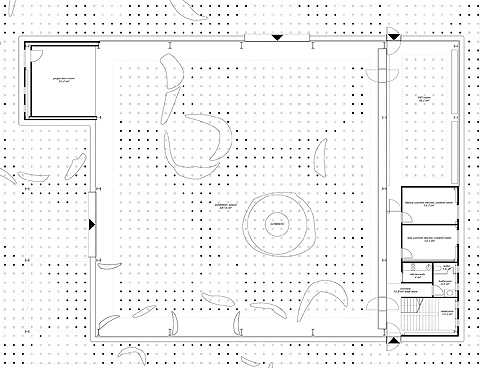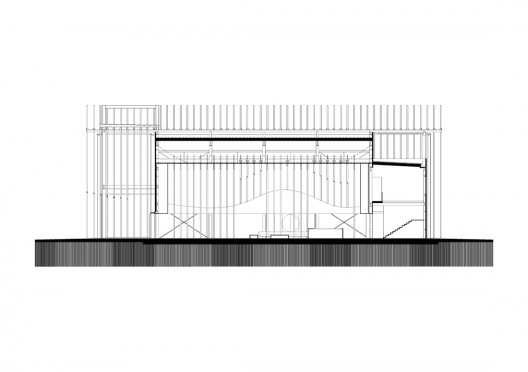|
|


ADVERTISEMENT
Buy Your own advertising
spaces!
.
Download Adobe Acrobat Reader to open [PDF] files.
Recent Visitors
Hungarian pavilion
Hungarian pavilion
ARCHITECTURAL INTRODUCTION
'There are two ways of walking through a wood. The first is to try one of several routes [...] the second is to walk so as to discover what the wood is like and find out why some paths are accessible and others are not.' Umberto Eco - Six Walks in the Fictional Woods
The discovery of the inaccessible path has led to the idea of Hungarian pavilion. The pavilion as wood is intended to represent this path, and since it is of immaterial nature, architect Tamás Lévai was trying to evoke it with non materials: empty space, light and sounds.
Gömböc
Gömböc, as a hungarian invention, is the central element of the exhibition, a two meter high solid plexiglass moving object.
Gömböc, as a hungarian invention, is the central element of the exhibition, a two meter high solid plexiglass moving object.
What is Gömböc (pronounced as 'goemboets')?
'Gömböc' is the first known homogenous object with one stable and one unstable equilibrium point, thus with two equilibria altogether on a horizontal surface. It can be proven that no object with less than two equilibria exists.
NON MATERIALS
The discovery of the inaccessible path has led to the idea of GÖMBÖC. The pavilion as wood is intended to represent this path, and since it is of immaterial nature, we are trying to evoke it with non materials: empty space, light and sounds.
EMPTY SPACE
Gömböc, as a distinguished pebble analogy, helps to understand empty space and to recognize its uniqueness and greatness. In order to represent it in architecture, authors had to combine features that are used by both mathematics and architecture: homogeneity, abstraction, dynamics and playfulness. The buffer space behaves as a wood opening, being created from a three dimensional matrix of vertically moving wooden sound tubes.Gömböc, as a hungarian invention, is the central element of the exhibition, a two meter high solid plexiglass moving object.
The phenomenon as a whole can only be seen in our mind, mainly as a play of light and shadows while moving in space.
NATURAL LIGHTS
The sunshine is reflected on the light, glossy floor and illuminates the entire structure from beneath.
Outdoor there would be a pipe structure, functioning as a 'curtain', in which water is circulated with air bells.
ARTIFICIAL LIGHTS
Light sources in the pavilion are built into the wooden sound tubes as stars in the sky. The wooden installation in itself is created like a musical instrument, tubes are sound-boxes.SOUNDS
The wooden installation in itself is like a musical instrument, tubes are sound-boxes.AFTERLIFE OF THE ARCHITECTURAL INSTALLATION
The appearing elements in the exhibition space constitute a harmonic unity in them, embodying the phenomenon that is created through the structure, it raises the opportunity of open-air exhibition with the moving light-sound-space, as a synthesis of nature.
WORLD EXPO 2010 SHANGHAI HUNGARIAN PAVILION
architect: Tamás Lévai
fellow architect:
László Harnos
Csaba Helmle
Bence Kertész
József Árva
Ágnes Jószai
structural engineers:
András Sipos
Dezső Hegyi
mechanical engineer: Tibor Battai
electrical engineer: Ferenc Németi
lighting engineer: Ferenc Haász
exhibition: Eszter Bircsák
control technique, lift technikque: János Barna
fire protection: Boglárka Gombik
calculation: Lóránt Juhász
animation: Bence Samu
music: Ágoston Nagy
garden designer: Karolin Bán
acoustic engineer:András Kotschy
inventors of the 'GÖMBÖC':
Gábor Domokos
Péter Várkonyi
***
'It is right for me while walking in the wood to use every experience and every discovery to learn about life, about the past and the future. But since wood is created for everybody, I must not look there for facts and sentiments which concern only myself.'
Umberto Eco - Six Walks in the Fictional Woods
Tamás Lévai
architect
Budapest, 6th of February 2009.
Hungarian pavilion
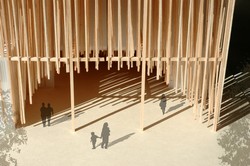
Hungarian pavilion design (PDF 1,5MB) >>
The other competitors
Mérték Építészeti Studió
Város Tájkép Csoport Kft.
ZHJ Épitésziroda Kft.



